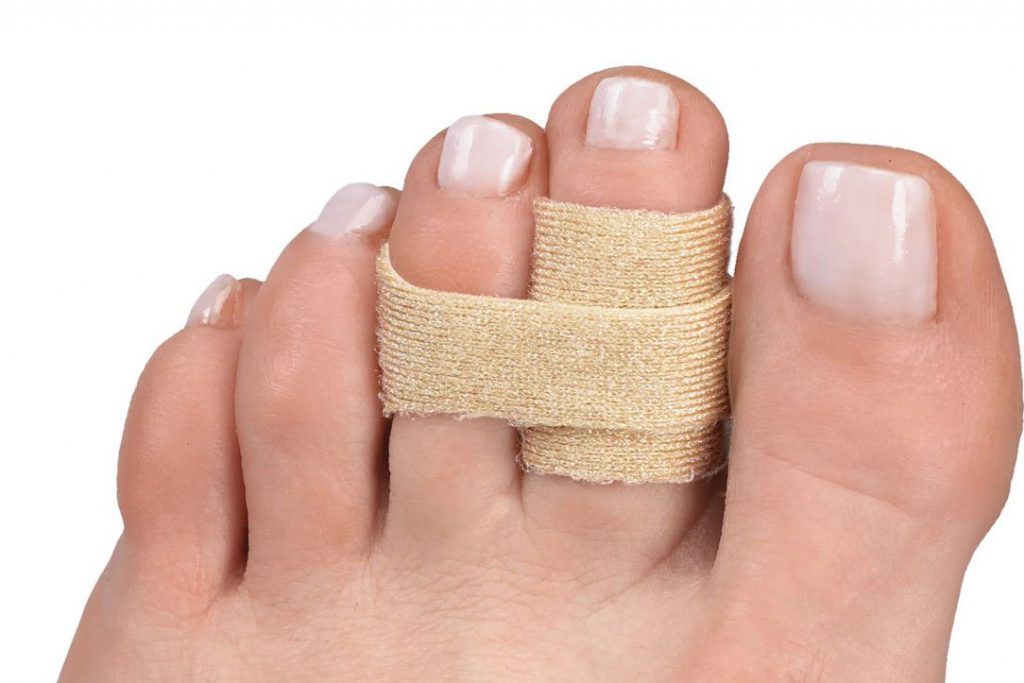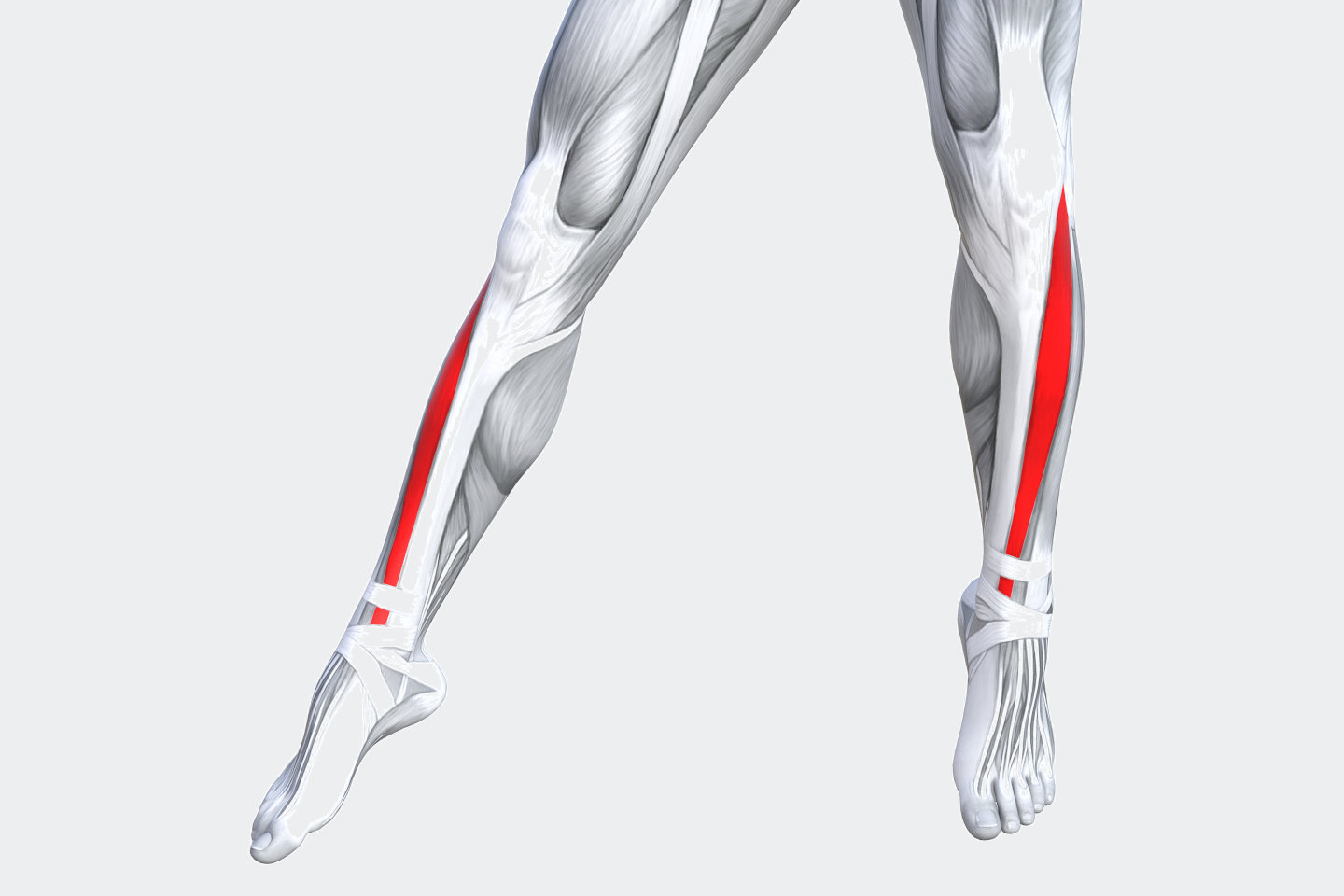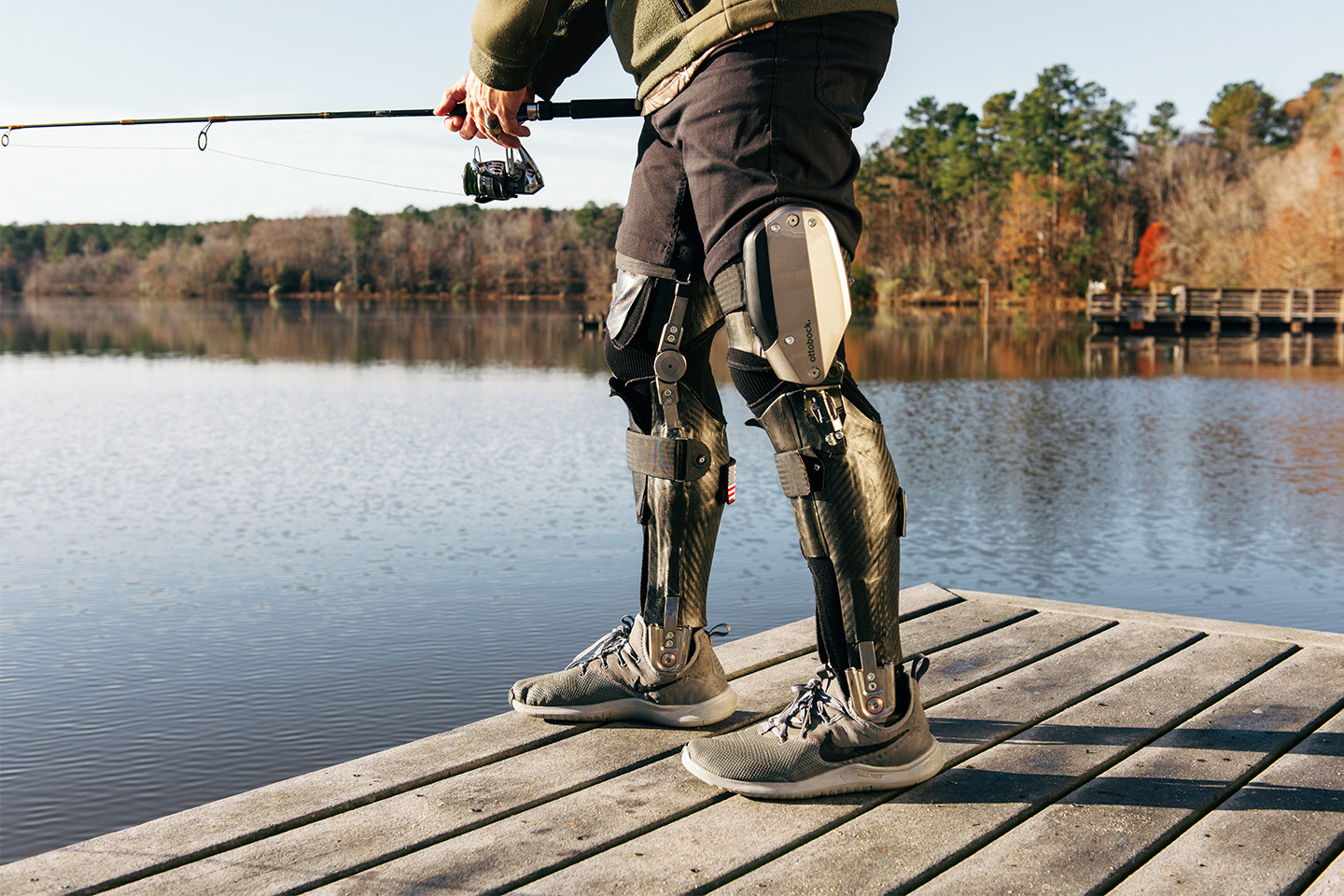Common Finger Injuries and the Mallett Finger Splint
The mallet finger is one of the most common finger injuries sustained by athletes, especially for baseball and basketball players. But such an injury can happen to pretty much anyone. Even though it’s not fatal, having mallet fingers can seriously affect your daily life if left untreated. However, there is hope. A mallet finger splint, a splint can effectively correct the injury.
Other common injuries to the fingers include dislocations and broken fingers. All of which have their respective treatments.

Mallet Finger and How to Treat It
A mallet finger is used to describe an injury to the outermost joint of the finger. What happens is the tendon located on the back of the finger becomes separated from the joint to which it is connected, causing the tip of the injured finger to drop, and it is very painful, especially if not supported properly with a splint.
A mallet finger splint is applied to the affected area to extend the finger and keep it from bending. Depending on the extent of injury, a mallet finger splint may be partial or complete. A partial splint can only be used if the injury is limited to the tip of the finger. It gives the rest of the finger the freedom to bend. A complete mallet finger splint is necessary if there are fractures in the rest of the finger, as it prevents the free movement of the bones.
Most finger injuries need a mallet splint to be worn 6 weeks or longer to promote healing, and most people regain full function of the finger after recovery.

Other Common Finger Injuries and How to Treat Them
Dislocations

Dislocation is yet another common finger injury. It’s when the bones of a finger are moved from their normal position. Treatment of finger dislocations involves realignment of the bones. Afterwards, the finger will then be wrapped with a protective splint and possibly taped to a finger next to it – a technique called “buddy taping”.
Broken Fingers

Fingers can break too, and this is one of the most common finger injuries known to man. In minor cases where the fracture is stable, the splinting of the injured finger and buddy taping it to another will suffice. In more serious injuries where the fracture is unstable, surgery may be necessary.
Why Splinting is Important
Moving a broken dislocated, or mallet finger will worsen the injury and possibly cause more damage. Splinting is a technique that is used to immobilize the injured fingers. Immobilization with the likes of a mallet splint will prevent you from incurring additional injury.
Furthermore, a splint can help treat finger injuries. Wearing them for extended periods allows damaged fingers to fully recover. When surgery is involved, a splint can act two ways: it prevents the injury from getting worse until surgery, and it can assist in the recovery post-surgery.
In more extensive injuries involving the hand or wrist, hand and wrist braces that are either elastic or custom-moulded can be used effectively together with finger splints.
